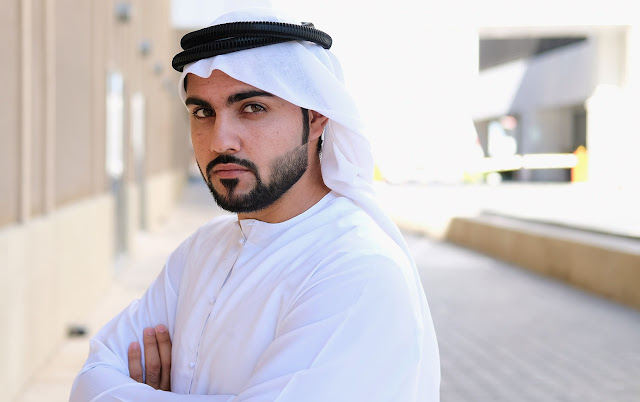The United Arab Emirates, with its rich tapestry of history and modernity, offers visitors a chance to immerse themselves in a unique cultural experience. Among the attractions, Emirati attire stands out, a symbol of elegance and tradition. But can visitors truly don the beautiful garments? Let's explore the cultural nuances and guidelines surrounding this intriguing topic.
A Glimpse into Emirati Attire
For Men:
- Kandura or Dishdasha: A long white robe.
- Ghutra: A headscarf, usually white or red and white checked, held in place with an 'agal' (black cord).
For Women:
- Abaya: A black flowing cloak that covers the body.
- Sheila: A headscarf worn with the abaya.
- Niqab: A face covering worn by some Emirati women, covering everything but the eyes.
Can Visitors Wear Emirati Clothing?
The short answer is, yes! Both male and female visitors can wear traditional Emirati clothing. However, it's crucial to approach this with respect and understanding.
Guidelines for Wearing Emirati Attire Respectfully
- Understand the Context: Emirati clothing isn't just fashion; it's deeply rooted in history, culture, and religion. When you choose to wear these garments, you're celebrating a culture.
- Be Modest: If you're wearing the attire, especially the abaya or kandura, ensure you maintain the modesty associated with them. Avoid pairing them with inappropriate accessories or flashy jewelry.
- Ask for Guidance: If unsure about wearing the attire correctly, ask locals or guides for help. Most Emiratis appreciate genuine interest in their culture and will be more than happy to assist.
- Choose Appropriate Settings: While it's okay to wear Emirati attire to local events, cultural places, or traditional gatherings, it might not be suitable for places like bars or nightclubs.
- Document Respectfully: If you're taking photos in Emirati clothing, ensure they're respectful. Avoid poses or backdrops that might be seen as mocking or diminishing the attire's significance.
Benefits of Wearing Emirati Attire
- Experience Local Culture: Wearing traditional clothing can offer a deeper understanding and appreciation of local customs.
- Comfort: The kandura and abaya are designed for the desert climate, making them surprisingly cool and comfortable.
- Engage with Locals: Donning local attire often opens doors for engaging conversations with Emiratis.
FAQs about Wearing Emirati Attire
- Where can I buy or rent Emirati clothing as a visitor?
There are numerous stores in the UAE catering to tourists. Many cultural centers and hotels also offer attire rental for experiences. - Is it offensive for non-Muslims to wear Emirati clothing?
No, it's not offensive if worn respectfully and in the right context. In fact, many Emiratis view it as an appreciation of their culture. - Can I wear the niqab as well?
While you can, it's essential to understand the religious and cultural implications of the niqab. It's not just an accessory but a deeply personal choice for many Emirati women.
Conclusion
Embracing Emirati attire as a visitor is a unique way to engage with and appreciate the local culture. While the UAE is progressive and open, it's essential to approach this experience with respect and sensitivity. Remember, it's not just about wearing a garment; it's about immersing oneself in a rich cultural tapestry.
Author's Note: The beauty of travel lies in the connections we make – not just with places, but with cultures. When you wear Emirati attire, you're not just putting on clothes, but also embracing a legacy. Wear it with pride, understanding, and most importantly, respect. Enjoy your Emirati experience!

